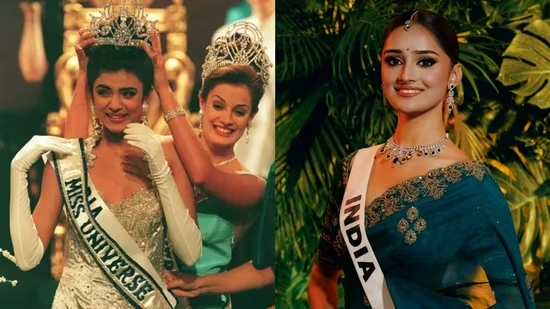Get ready for a much awaited update from the fruit-bowl of AI. Nano Banana 2 aka Nano Banana Pro, is the latest image-generation gadget from Google DeepMind that’s stirring up the internet. After the viral success of the original Nano Banana model, Google has now unveiled a more polished, powerful version built on the Gemini 3 Pro architecture. With studio-quality visuals, multilingual text rendering and search-grounded world-knowledge baked in, Nano Banana 2 seems to be aiming for the crown of every creator’s toolbox.
Below, we break down exactly what it is, how it differs from its predecessor, and some of the risks and privacy piatas you should keep in mind.
What is Nano Banana 2?
Essentially, Nano Banana 2 (Pro) is the next-generation image generation and editing model. It supports high-fidelity outputs (2K and 4K resolution), advanced editing controls (lighting, focus, colour grading), and best of all, crisp, legible text embedded in the image.
What this means in practice: a user can prompt the model to generate an infographic about cardamom tea, complete with real-world facts, step-by-step visuals, and multi-language text. The model taps into Google Search for world-knowledge grounding, allowing it to incorporate real-time data (for example, weather or sports) when generating visuals.
Nano Banana 2 is being rolled out across several platforms, in the Gemini app, in Google Ads, in Google Workspace and in the enterprise API. Google says the version also comes with built-in SynthID watermarks to flag the image as AI-generated.
Difference between Nano Banana 2 and Nano Banana 1
While Nano Banana 1 (officially Nano Banana) wowed audiences with its rapid image-edit capabilities and meme-worthy figurines, Nano Banana 2 (Pro) represents a more refined leap. The key upgrades include supporting 4K resolution and studio-grade control over lighting, depth and composition.
Unlike the earlier version where text in images often looked odd or garbled, Nano Banana 2 handles typography and multilingual text with professionalism. The upgraded model integrates Google Search to generate images with real-world context (e.g. up-to-date data), Something the first version lacked.
With multi-image inputs and reference style control (up to 14 images), the “Pro” version caters better to branding and professional workflows. In short, Nano Banana 1 was expressive and fun. Nano Banana 2 (Pro) is expressive, and professional-ready.
Risks and privacy concern
But it’s not all bananas and sunshine. The rise of this image-tool brings several red flags that may be used for cyber crime. With high-fidelity visual generation, the potential to create realistic yet fake images increases. That means more misinformation, impersonation and brand misuse.
When you upload images or prompts, how is your data used? Google’s systems may use inputs for training unless you opt out, raising questions about consent and privacy.
Even if images carry SynthID watermarks, users and brands need to clarify who owns the output and how it can be reused commercially. Although the model fetches real-world data, it can still make errors (label misalignment, contextual mishaps) and may carry biases inherent to its training set.






























